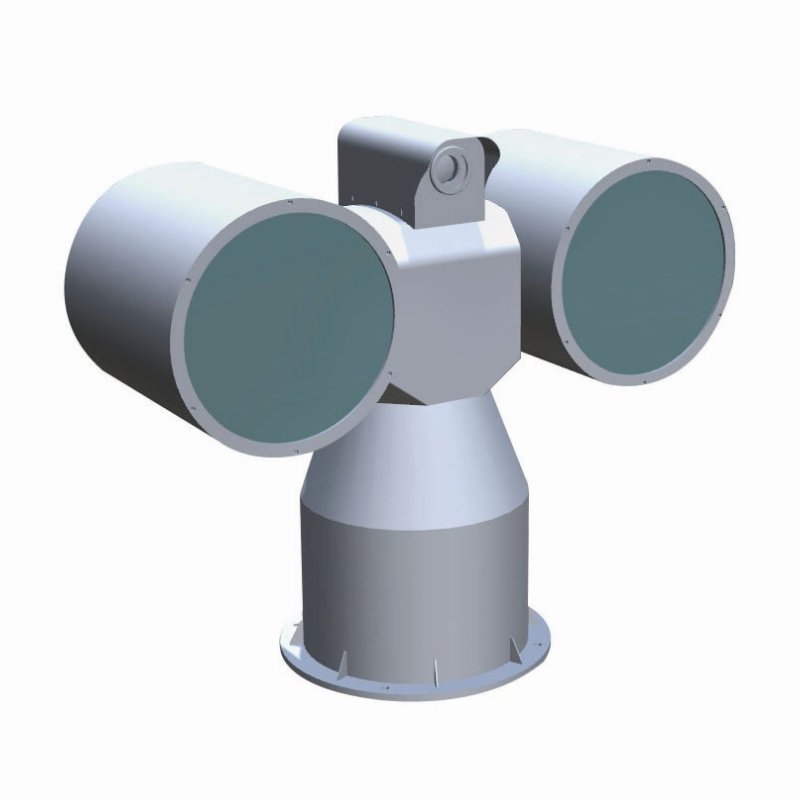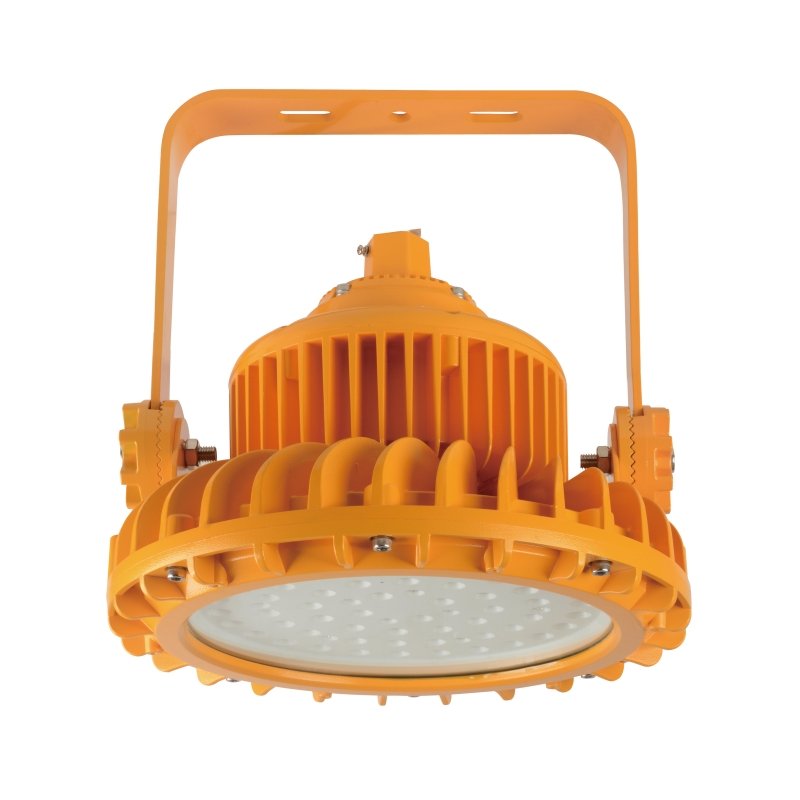Types of Yacht Lights
Yacht lights are important for safe navigation, including running lights, anchor lights and other types, suitable for various scenarios. There are many types of yacht lights, each with its own specific purpose and function. Common include navigation lights, deck lights, cabin lights and anchor lights. Navigation lights are used to indicate the direction of the vessel’s travel and ensure safety at night and in low visibility conditions. Deck lights are usually installed on the deck of a yacht to illuminate the deck area for nighttime activities. Cabin lights are used to illuminate the interior of the cabin and provide comfortable interior lighting. Anchor lights are used when the yacht is moored to mark its position and prevent collisions.
What are running lights on a yacht?
Navigation lights refer to various lights used when a yacht is sailing.The bow light is usually a green light installed at the front of the yacht to indicate the front of the yacht. The stern light is a red light installed at the stern of the yacht to indicate the rear of the yacht. The side lights are installed on both sides of the yacht to indicate the port and starboard sides of the yacht. These lights can help other ships determine the direction of the yacht at night or in low visibility conditions to ensure safe navigation.

Which light or lights should be used when the yacht is under sail?
When a yacht is sailing, it should use appropriate navigation lights according to its specific conditions. Generally speaking, when a yacht is sailing, the bow light, stern light and side light should be turned on to indicate its direction of travel. If the yacht is sailing in a sailing state, the navigation lights should also be turned on to indicate its sailing state. In addition, in the case of low visibility, the yacht should also turn on the fog light to improve its visibility in the water and ensure navigation safety.
What light needs to be on at night on a Yacht?
At night, yachts need to turn on appropriate lights to ensure safety. This includes bow lights, stern lights and side lights to indicate the direction and position of the yacht. In addition, if the yacht is anchored in a port or anchorage, the anchor light should also be turned on to mark its anchoring position to prevent collisions with other vessels. If the yacht encounters low visibility during navigation, the fog light should also be turned on to improve its visibility in the water.





